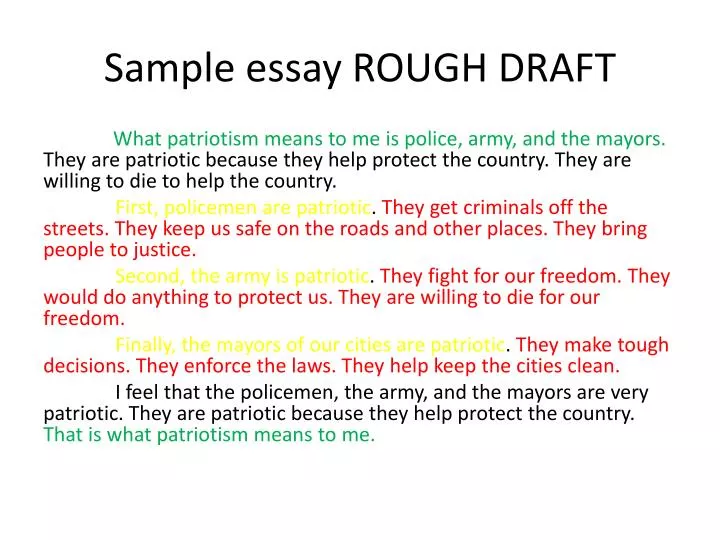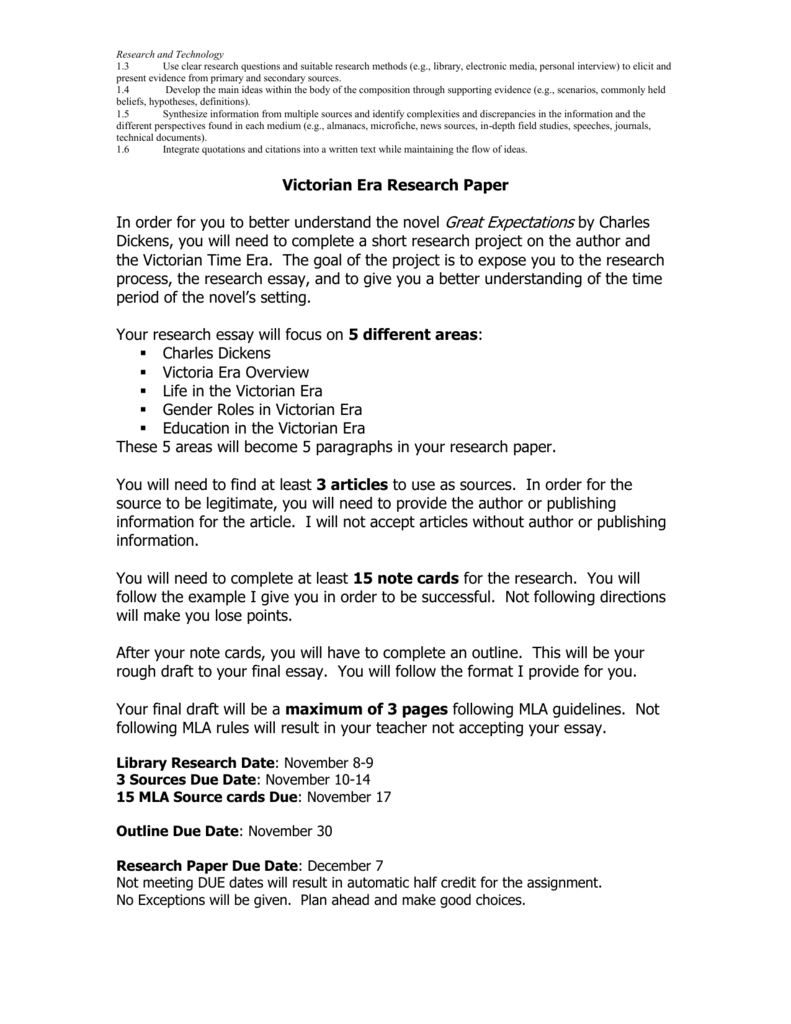

If you are concerned about overall logic and transitions, you can ask:


You may find it helpful to number your paragraphs if you decide that your organization needs some changes, the numbers will make it easier to locate paragraphs and move them around. Read your draft over, and as you do so, make very brief notes in the margin about what each paragraph is trying to accomplish. You will be able to see how your ideas are arranged, look for gaps in your reasoning, identify unnecessary repetition, check whether you are answering all parts of the assignment prompt, identify places that need transitions, and tell whether you are presenting ideas in a logical order. The reverse outline will help you evaluate the strengths and weaknesses of both your organization and your argument. Your aim is to create an outline of what you’ve already written, as opposed to the kind of outline that you make before you begin to write. A “reverse” outline is one you make after you have written a draft. Your paper may benefit from reverse outlining, to make sure it delivers on its promising thesis. You feel uncertain whether your paper really follows through on the thesis as promised. Through its contrasting river and shore scenes, Twain’s Huckleberry Finn suggests that to find the true expression of American democratic ideals, one must leave ‘civilized’ society and go back to nature. Let’s say your paper is about Mark Twain’s novel, Huckleberry Finn.

Read through all of them before you begin and decide which seems like the best fit for your current needs. Here are five effective strategies you can use to reorganize: reverse outlining, talking it out, sectioning, listing and narrowing your argument, and visualizing. It will be easier to reorganize your ideas if they are all fully fleshed out. The other thing you might want to check before you begin is your paragraph development. If you’re having trouble with this, see our thesis statement handout. One is vital: a working thesis statement to give you a focus for organizing. Two prerequisites will help you reorganize your draft. If you’re worried about flow, chances are you’re sensing some problems with your organizational scheme. Many students who come to the Writing Center wonder whether their draft “flows”-that is, whether the ideas are connected in a logical order to make a compelling argument. This handout gives you strategies to help you rethink your draft’s organization. Reorganizing Drafts What this handout is about


 0 kommentar(er)
0 kommentar(er)
